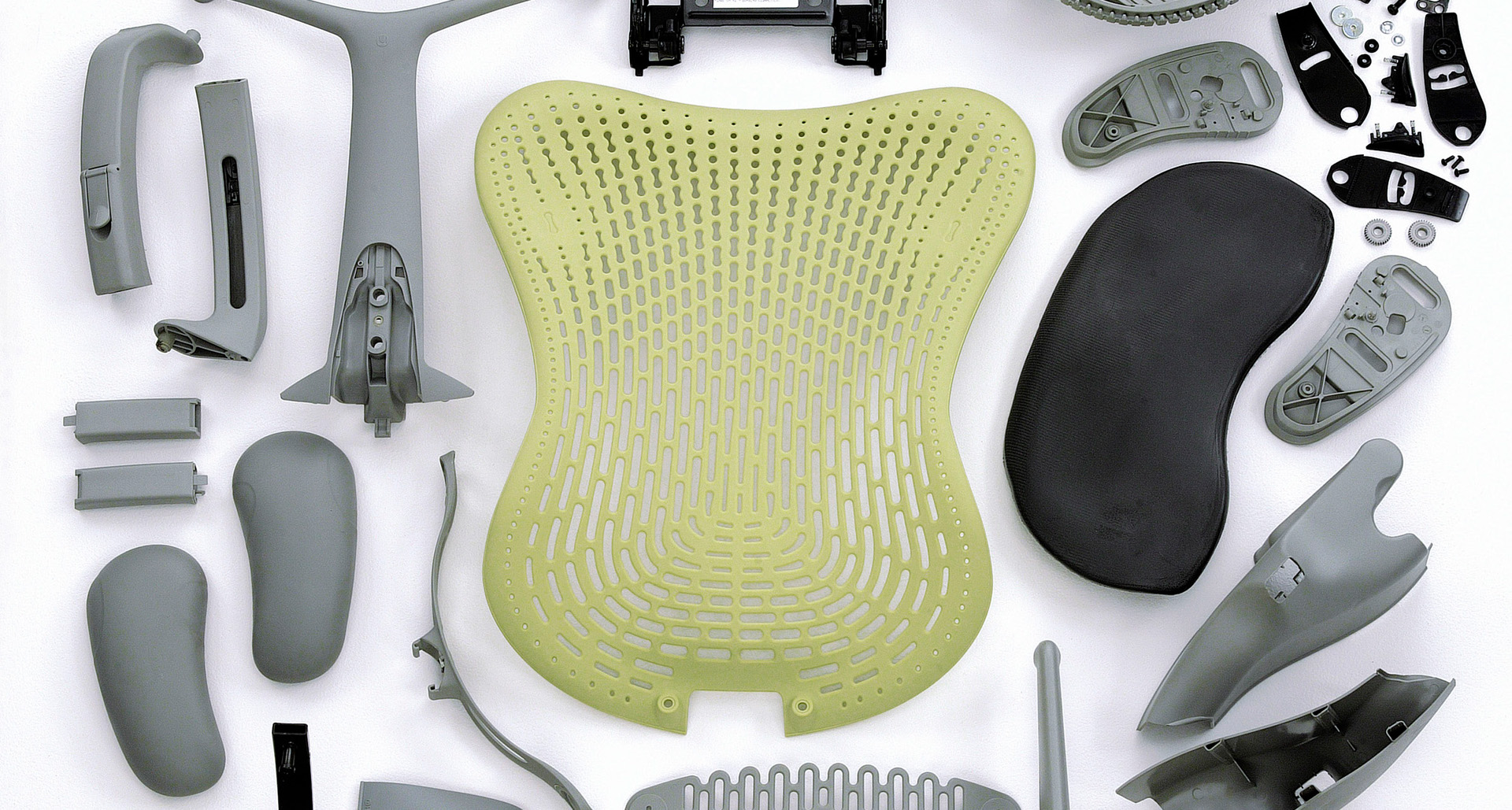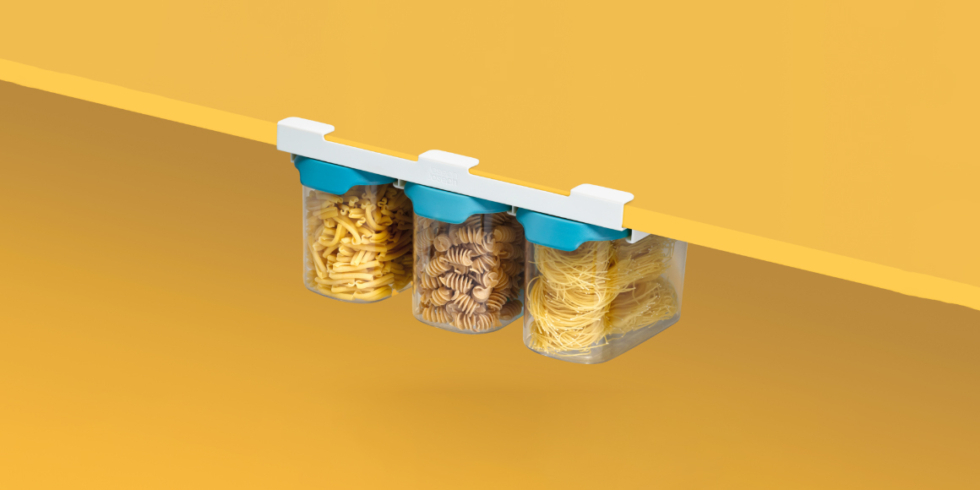Innovation in homeware has tended to focus on making common tasks quicker and easier, or adding benefits through space-saving multifunctional solutions. But with increasing consumer awareness around sustainability, it’s no longer enough to be inventive. Designers and brands need to be responsible both in terms of sustainability and in ensuring the product has a meaningful reason to exist.

Mirra 2 Chair by HermanMiller
You know you’ve hit the sweet spot with a new consumer homeware product when you hear customers say: “Oh yes, of course!” When your innovative creation seems so obvious that everyone’s left scratching their heads, wondering why it hadn’t been dreamt up before.
Apart from those rare eureka moments, staying innovative and creating points of difference in the consumer homeware space is tough. The market is saturated and highly competitive, with a plethora of brands competing for attention. But although it’s a challenge, keeping a consistent level of innovation is an excellent way to pierce through the noise.
Sometimes it can involve conjuring up something entirely new, but more often than not, it’s about finding solutions to the niggles that we all put up with every day. The chopping boards that send diced vegetables flying when you try to coax them into a pan of boiling water. The measuring jugs that you have to crouch down to read before adjusting. The dining chairs that don’t stack up properly and take up too much precious living space.
These are problems that everyone can relate to, so it’s no wonder that the homewares sector has always been a hotbed of innovation as designers try to come up with better solutions. For example the hanging storage containers that Tone designed for Joseph Joseph, and which effectively double the amount of space you have in your kitchen cupboards.

Image credit: Joseph Joseph
Being more efficient with the space we have is also a boom area as more and more of us live in smaller accommodation. (In 2014, the average new-build in the UK was 76sqm, the smallest in Europe. Research by the University of Cambridge showed that Danish homes were almost double the size.) IKEA cater to this trend brilliantly, and are constantly surprising customers with clever, relevant products.
But there’s much more to product development than improving functionality and delighting with clever design. Sustainability is a key purchasing driver, and this also translates into a consumer desire to support brands on a positive mission. There are lots of companies doing inventive things that aren’t sustainable, or sustainable things that aren’t inventive. There aren’t many companies who have found the sweet spot and are doing both.
Heart of the home
The kitchen is one of the biggest sources of non-biodegradable waste in the modern household, from the chemicals we use to clean and the utensils we use to serve food, to the dozens of plastic boxes in our cupboards. Most of us understand that swapping out single use zip-lock bags for reusable alternatives is a good idea. Or that composting food scraps for the garden is better than sending them to landfill. But for brands, an exclusive focus on re-use isn’t enough.
It’s the responsibility of today’s product designers to find the solutions that will decrease the highest instances of energy expenditure and waste during a product’s manufacture and lifetime. And the killer question should always be addressed: what will happen at the end of the product’s lifecycle?
Beyond the invention
Sometimes a pure focus on inventiveness is a problem because there are other important issues to consider. Has the product been designed for easy disassembly so that its component parts can be used again at the end of its life? Can you reduce plastic, or use a new material that could improve its sustainability credentials? Will it last a long time and can it be repaired? Does the product contribute to a wider brand story and mission? Answering these questions in addition to having a unique design can help elevate a product and brand above the competition.
Thankfully, we’re making inroads as an industry. High-profile certifications such as B-Corp are increasingly on the consumer radar and starting to move the dial, and organisations including Cradle to Cradle and the Ellen MacArthur Foundation are doing great work in encouraging better circularity.
These are exciting times for designers. We have the power to make the kinds of choices that will positively impact our environment and make meaningful improvements to people’s lives through innovative thinking. Yes, approaching a design challenge can be a more complex process when considering the environmental agenda, but there is a big opportunity for those who go beyond clever ideas to create products that bring real, tangible benefits to the end-user while also having a lighter impact on our environment.
Good design is all about solving tricky problems creatively and making people’s lives better. In the homewares sector that often means developing new and better solutions to everyday problems. Today it means fully embracing the environmental agenda as well.
Want to know more?
If you’d like to talk to us about what we do or tell us about a new project, send us an email at:
We’d love to hear from you.
Read more of our news
New Design Yearbook 2022 Features Tone Product Design
The pandemic brought with it a huge amount of uncertainty, but it also led to a renewed focus within the agency.
Read more